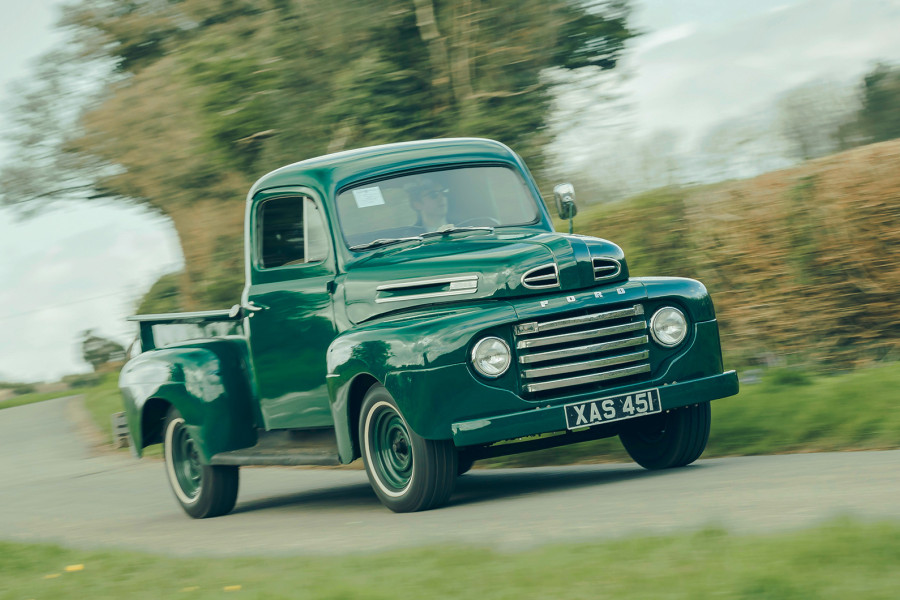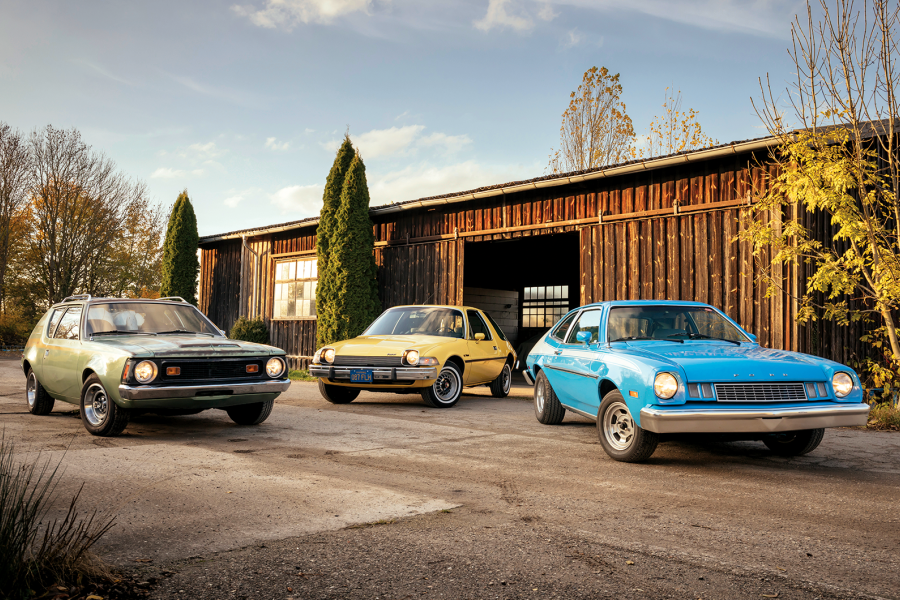
Why you’d want a Ford Escort Mk1
Designed by Ford UK, the Escort was ʻthe small car that isnʼtʼ.
It weighed no more than an Anglia but was 3in longer, 4in wider, 2in lower and had a 4in longer wheelbase – and in entry-level form made 30% more power.
Its drag coefficient of 0.40Cd bettered both the Anglia and the Cortina.
Curved side glass and 12in wheels made it roomier inside than rivals, while the crossflow engine, all-synchromesh gearbox, Aeroflow ventilation and rack-and-pinion steering (a Ford first) boosted its appeal.
A 5000-mile service interval with no greasing points and no gearbox or axle oil-change point was revolutionary, and a huge draw for fleet buyers.
The range grew to 19 models, from the basic 1100 to the RS 1600 at more than double the price.
Of the standard versions, the Deluxe had round headlights and rubber mats; the Super had rectangular lights and carpet.
Ford was thorough with spec variations: the 1300GT boasted a Weber carburettor, high-lift cam, four-branch exhaust manifold, close-ratio ʼbox, front disc brakes, higher compression, bigger valves, stiffer suspension, wider wheels and radial tyres; the Twin Cam had two twin-choke Webers, closer gear ratios, a higher-ratio axle, plus bigger front discs and rear drums.
Road testers were complimentary about all models, especially the steering and gearchange, and loved the 1300G T, rating it a superb all-rounder.

The Ford Competition Department offered a range of race and rally mods, such as a limited-slip differential, magnesium alloys, fuel injection, glassfibre panels and light-alloy castings.
















